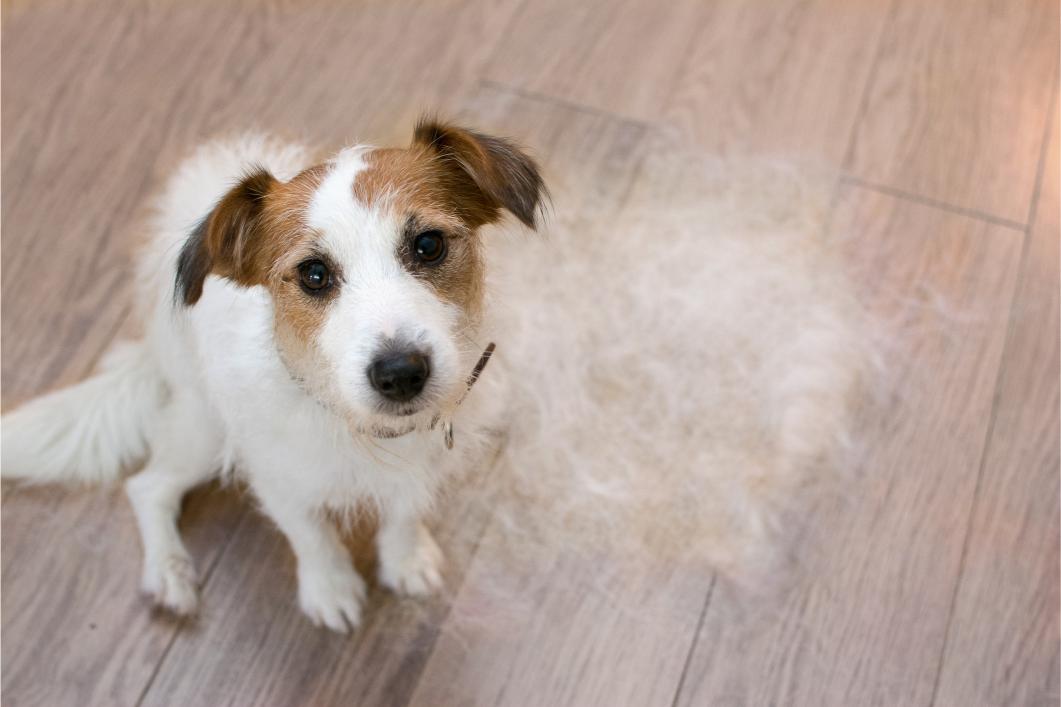Why Is My Pet Shedding So Much in Fall Around Langhorne?

If the fur is flying everywhere in your home this fall, you aren’t alone. Fall shedding in pets is a completely natural, but sometimes frustrating, seasonal phenomenon for many pet parents. Understanding the “why” behind fall shedding in pets and how to manage it can help you keep your home tidy and your pet comfy as the leaves drop.
Why Pets Shed More in the Fall
Fall shedding in pets is tied to changes in daylight and temperature. As summer transitions to fall, dogs and cats begin to lose their lighter, warm-weather coats to make way for thicker, denser fur that will help insulate them through the colder months.
This process, called “coat blow,” is especially common in breeds with double coats, such as Golden Retrievers, Huskies, and even some short-haired cats. But even pets with finer coats may shed more during the fall.
Is It Normal Shedding or Something Else?
In most cases, seasonal shedding is normal and expected. However, excessive or patchy hair loss, skin irritation, or behavioral changes could point to something more serious—like allergies, parasites, or underlying health conditions.
If your pet’s shedding seems excessive or unusual, it’s a good idea to schedule a checkup with your Langhorne, PA, vet at Flowers Mill Veterinary Hospital. Our team can determine whether your pet’s shedding is part of the natural seasonal cycle or something that needs medical attention.
How to Manage Fall Shedding in Pets
Fortunately, there are several ways to minimize the mess and keep your pet comfortable:
1. Brush Regularly
Frequent brushing is the most effective way to manage fall shedding in pets. For double-coated breeds, use a de-shedding tool to reach the undercoat. Short-haired pets can benefit from rubber grooming mitts or slicker brushes. Regular grooming helps remove loose hair before it ends up on your couch.
2. Bathe as Needed
A warm bath with a gentle, vet-approved shampoo can help loosen shed fur and soothe dry skin. Avoid overbathing, as this can strip natural oils and worsen shedding.
3. Keep Them Hydrated and Well-Fed
Healthy skin starts from within. Make sure your pet is eating a high-quality, balanced diet and has access to fresh water at all times. Omega-3 supplements can also support coat health, but ask your veterinarian before adding anything new to your pet’s routine.
4. Visit the Groomer
Professional pet grooming in fall can be especially helpful during heavy shedding cycles. Groomers have the right tools and training to safely and efficiently remove excess fur while checking for any skin issues you might miss.
When in Doubt, Ask Your Langhorne, PA, Vet
At Flowers Mill Veterinary Hospital, we’re here to help your furry family members thrive through every season. If fall shedding has you concerned or overwhelmed, don’t hesitate to reach out. A wellness exam could give you peace of mind—and a cleaner home.

